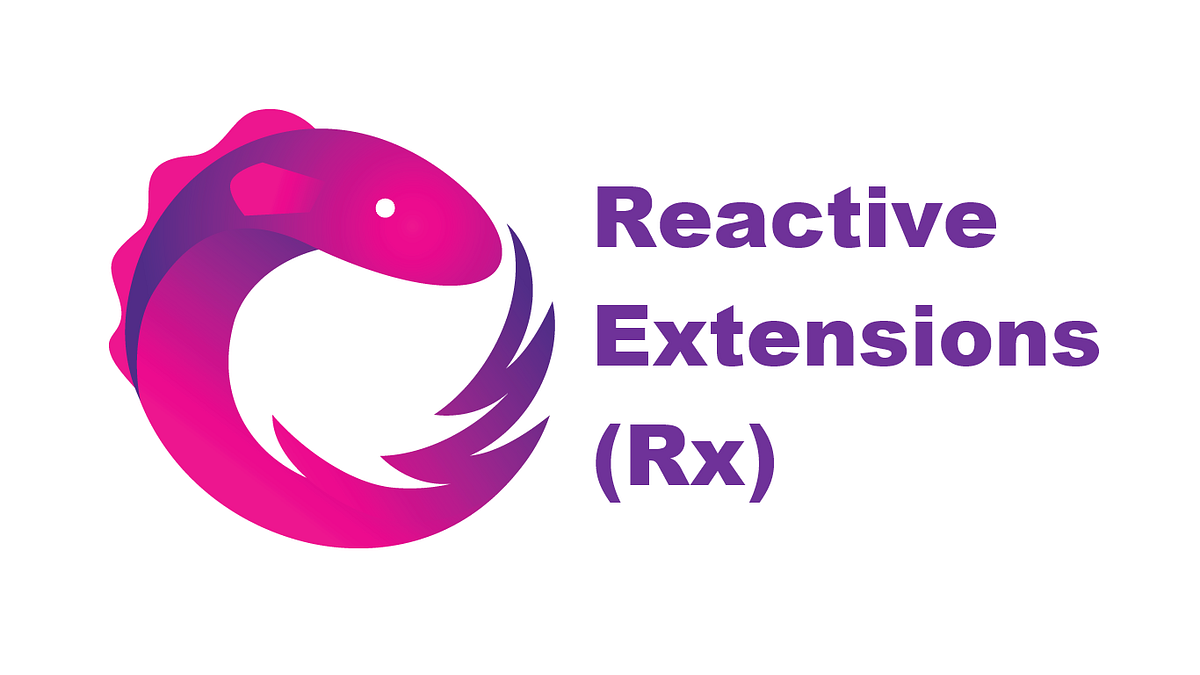ReactiveX vs. Other Asynchronous Programming Models: Unleashing the Power of Reactive Programming
As the demands of modern software development continue to evolve, the need for efficient and responsive asynchronous programming models has become paramount. In this dynamic landscape, ReactiveX has emerged as a powerful paradigm, transforming the way developers handle asynchronous operations. In this blog post, we’ll explore the capabilities of ReactiveX and compare it with traditional asynchronous programming models to understand its advantages and implications.
Understanding Asynchronous Programming
Before we delve into the power of ReactiveX, let’s briefly review traditional asynchronous programming models and the challenges they entail.
Traditional models, such as the callback, promise, and future paradigms, aim to manage asynchronous operations. However, these models can become convoluted as the complexity of the application grows. Issues like callback hell, race conditions, and error handling intricacies can hinder development efficiency.
The Emergence of ReactiveX
ReactiveX, or Rx, represents a paradigm shift in handling asynchronous programming. It’s not just a library but an entire approach to dealing with asynchronous data streams and events. At its core, ReactiveX introduces the concept of Observables, which are streams of data that can be manipulated and composed using a wide range of operators.
Maven vs. Gradle vs. Ant: A Comparison of Build Tools for Java
Comparing ReactiveX with Traditional Models
Here’s a comparison table that highlights the differences between ReactiveX and traditional asynchronous programming models:
| Feature | ReactiveX | Callback/Promise/Future Model | Reactive Streams | Async/Await Model |
|---|---|---|---|---|
| Programming Paradigm | Reactive Programming | Callback-based | Asynchronous Data Streams | Asynchronous Functions |
| Composability | High (Operators for stream manipulation) | Low (Nesting callbacks) | Moderate (Chaining with Publishers) | High (Sequential code flow) |
| Error Handling | Unified error handling | Manual error handling | Unified error handling | Try-Catch blocks |
| Concurrency Control | Built-in (Schedulers) | Manual (Callbacks, promises) | Manual (Threads, concurrency) | Async execution context |
| Learning Curve | Moderate to Steep | Moderate to Steep | Moderate | Moderate to Steep |
Advantages of ReactiveX
- Reactivity and Composition: ReactiveX facilitates the composition and transformation of data streams using its rich set of operators.
- Unified Error Handling: ReactiveX’s unified error handling simplifies debugging and enhances code stability.
- Back Pressure Handling: It offers a solution to back pressure, avoiding situations where data producers overwhelm consumers.
- Flexibility: ReactiveX is well-suited for building responsive and scalable applications.
Considerations
While ReactiveX offers numerous advantages, it does come with a learning curve, especially for those accustomed to traditional models. Developers need time to adapt to the reactive mindset and master the diverse set of operators available.
In the realm of asynchronous programming, ReactiveX has emerged as a groundbreaking approach. Its ability to handle data streams reactively, coupled with comprehensive error management and back pressure handling, sets it apart from traditional models. While there’s a learning curve, embracing ReactiveX equips developers with a potent tool to build responsive, scalable, and maintainable applications in the ever-evolving landscape of software development.

